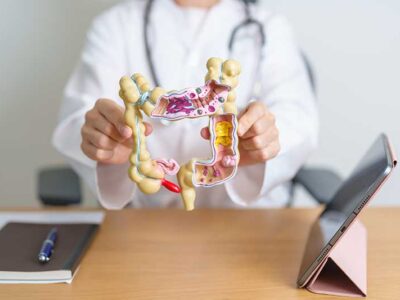Doctors are now able to detect more malignancies early, when therapies can be more effective, thanks to advancements in screening technology. Because most cancers begin and spread without creating symptoms, screening tests make it simple to spot early warning signs of the disease.
Although there aren’t screening tests for every type of cancer, you may take charge of your health and ask your provider about the tests that are offered if you pay attention to your body and notice probable cancer symptoms.
Signs versus symptoms
Before discovering which symptoms to be on the lookout for, it’s critical to comprehend the distinction between symptoms and signs.
A symptom is an appearance or sensation. You might have weariness if you have the flu. Your muscles may be sore, and your throat may suffer. All of these are symptoms. Even though you can feel them, testing don’t reveal them.
An indication can be found and measured. Your doctor can check your temperature to see whether you’re feverish or run a test to see if you have the flu virus in your body.
Today, medical professionals may identify several tumors even before symptoms appear, including:
- Breast cancer. Mammograms allow for the early detection of breast cancer before any symptoms appear.
- Cervical cancer. Regular Pap screenings find abnormal cervix cells that could become cancerous. Human papillomavirus (HPV), a virus known to cause cervical cancer, is found using a different test.
- Colorectal cancer. A colonoscopy reveals growths that could be malignant. These polyps can be removed by your doctor before they produce symptoms or develop into cancer.
- Lung cancer. Recent innovations, such low-dose CT equipment, enable the early detection of lung cancer.
- Prostate cancer. Prostate cancer and other disorders affecting the prostate can be detected via blood testing and digital rectal examinations.
Cancer warning signs and symptoms
You won’t notice the early warning signs of some malignancies unless you’re a medical specialist, although you might feel the symptoms.
Several of the most typical signs
- Bruising or bleeding that has no apparent reason
- Urinating more frequently, having to pee more frequently, or experiencing other bladder-related changes
- Diarrhea, constipation, and other modifications to bowel habits
- Headaches, sweating at night, or fever
- Bleeding, sores, numbness, or pain in the mouth
- Persistent tiredness or exhaustion that doesn’t go away with rest
- Issues with hearing or vision
- Presence of lumps throughout the body, including thickening masses
- Gastrointestinal discomfort, swallowing issues, or nausea and vomiting
- Abrupt lack of appetite
- Swelling of the lymph nodes in the body (small structures throughout the body that fight disease and infection)
- Unaccounted-for weight loss of at least 10 pounds
Discuss getting tested to see whether cancer is present with your doctor if you have any of these symptoms.



